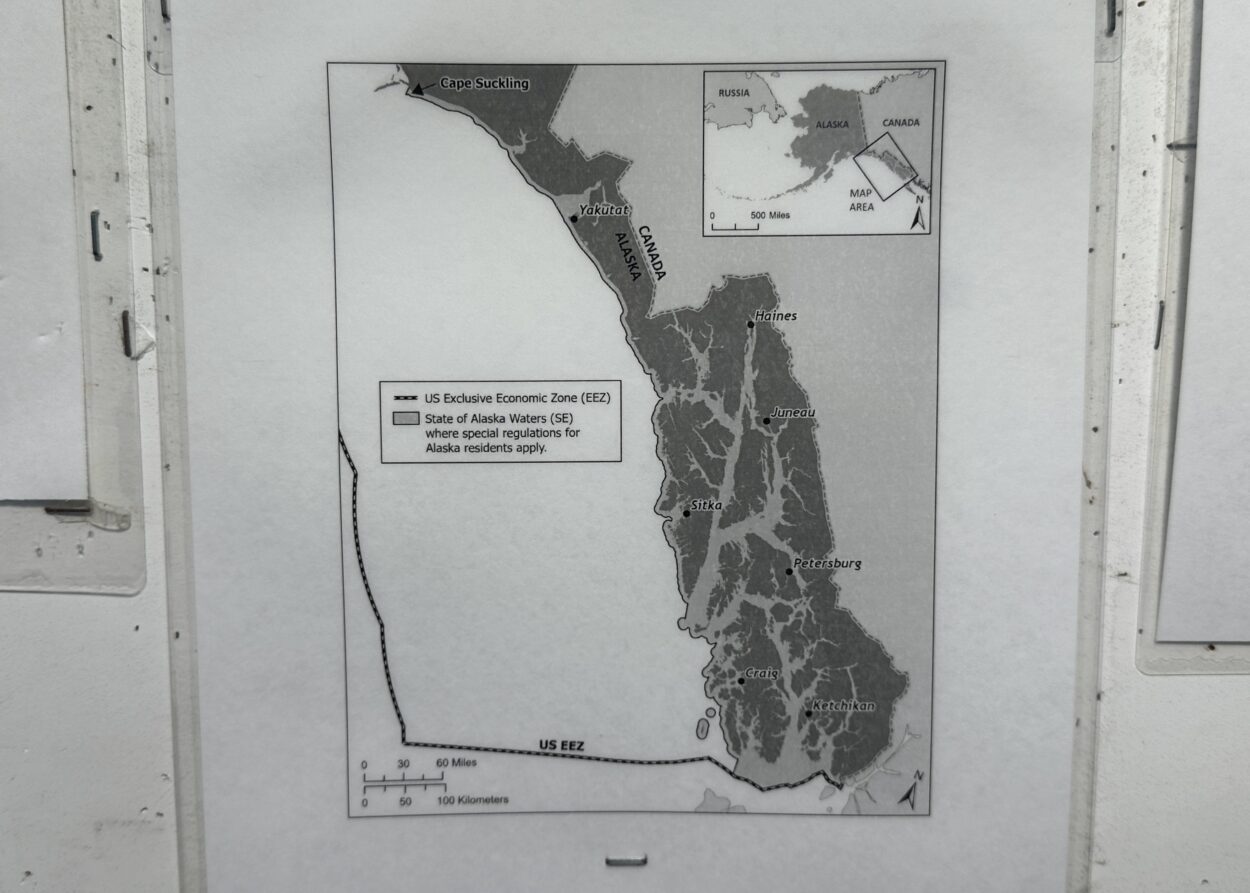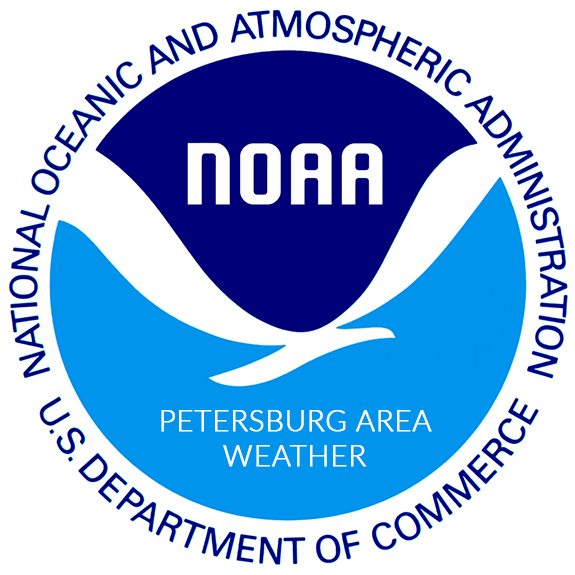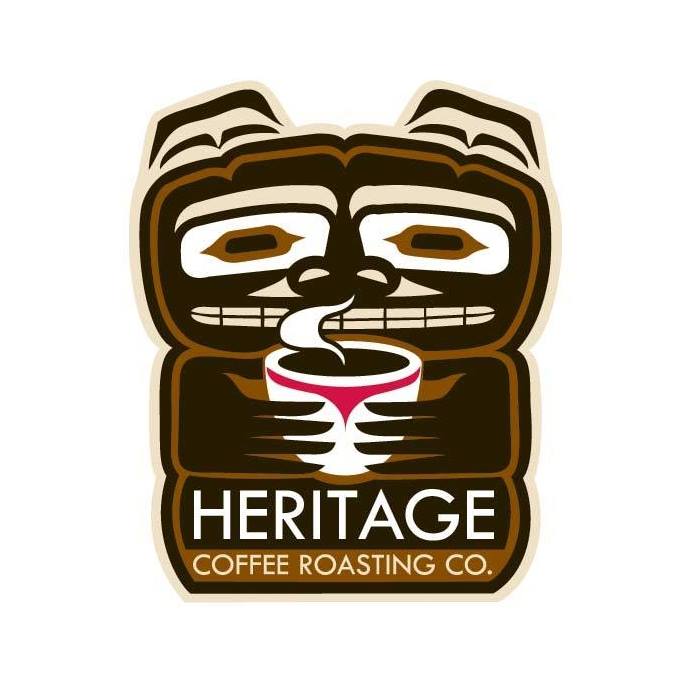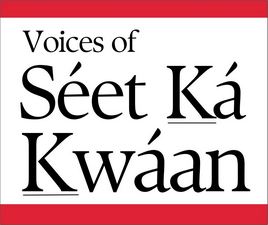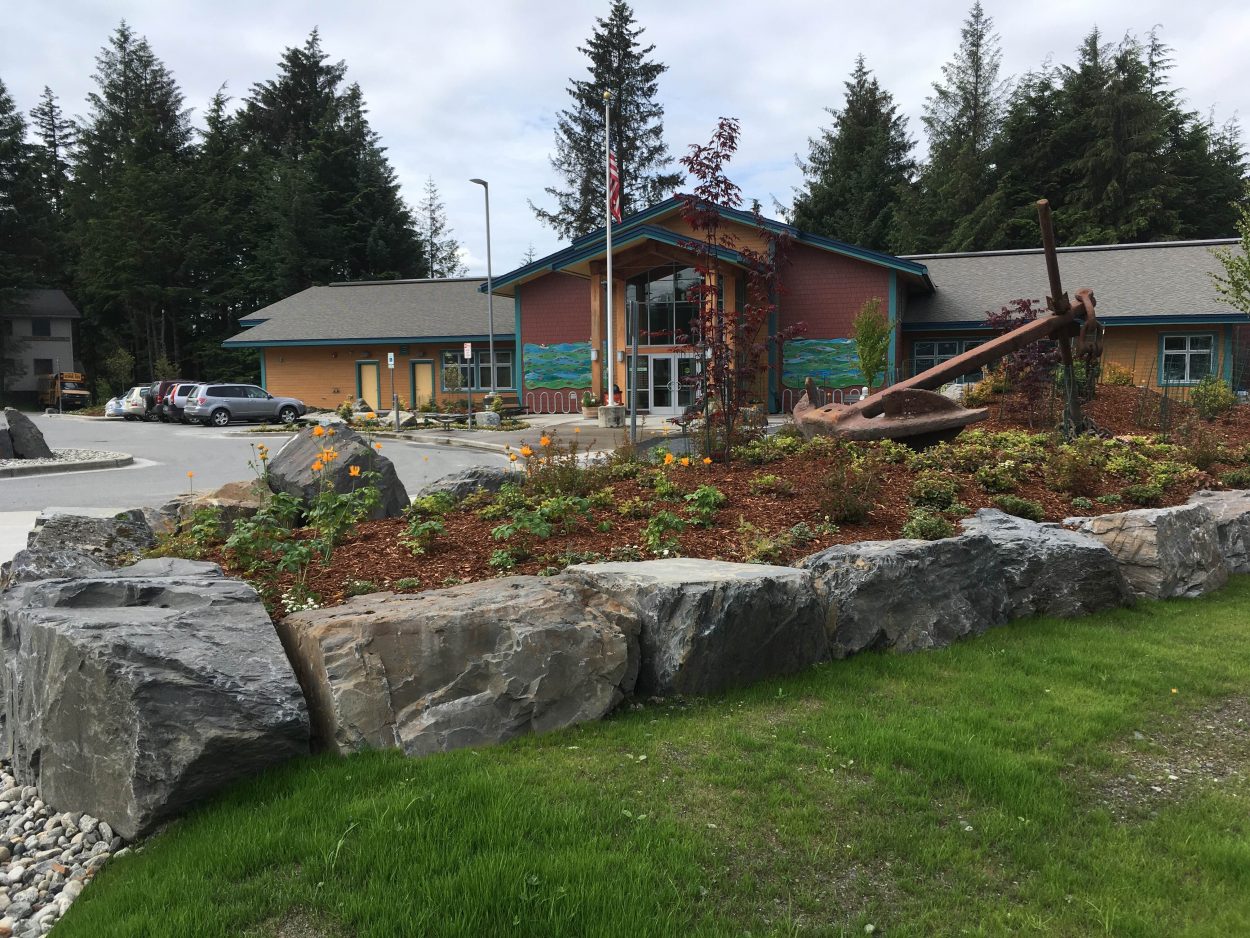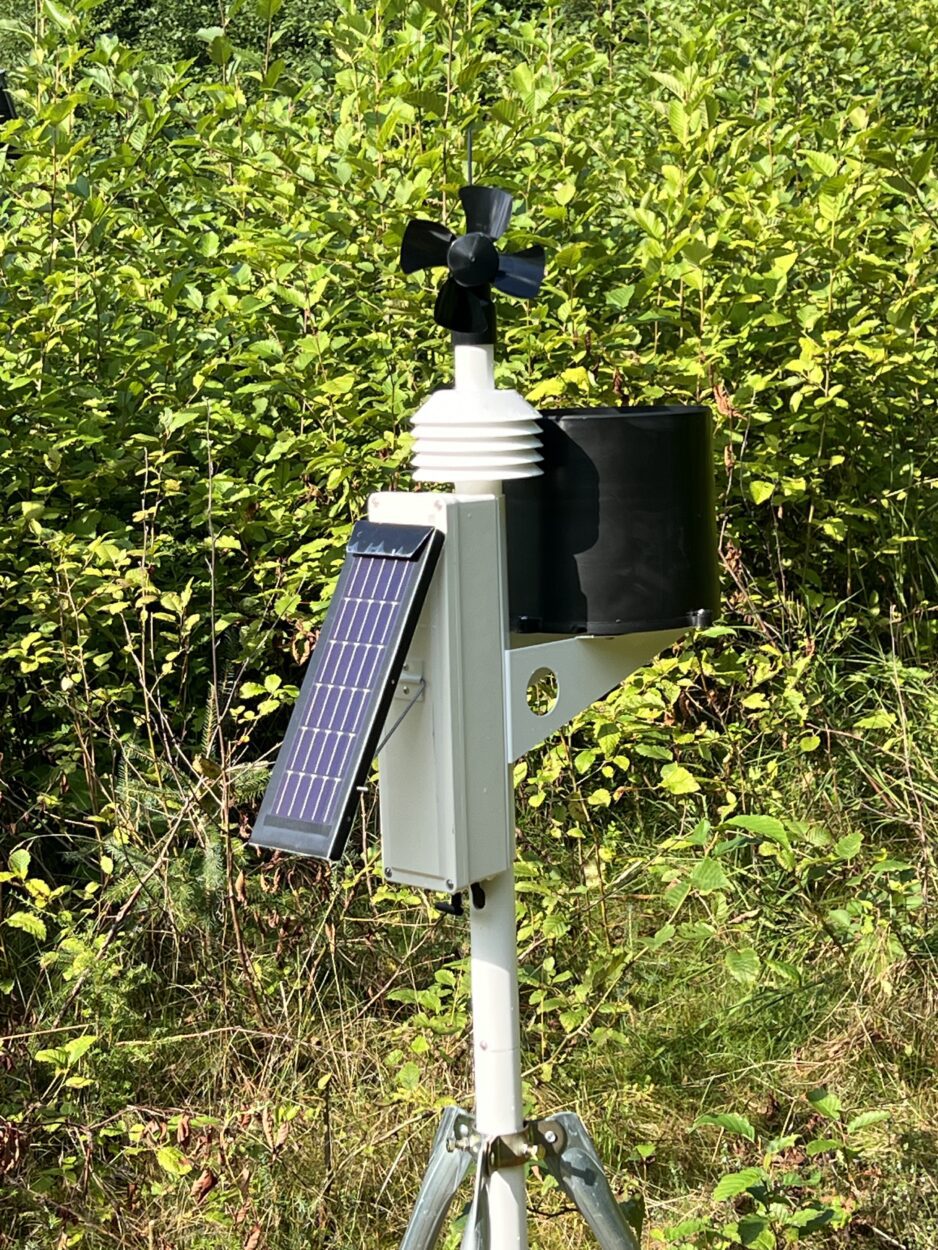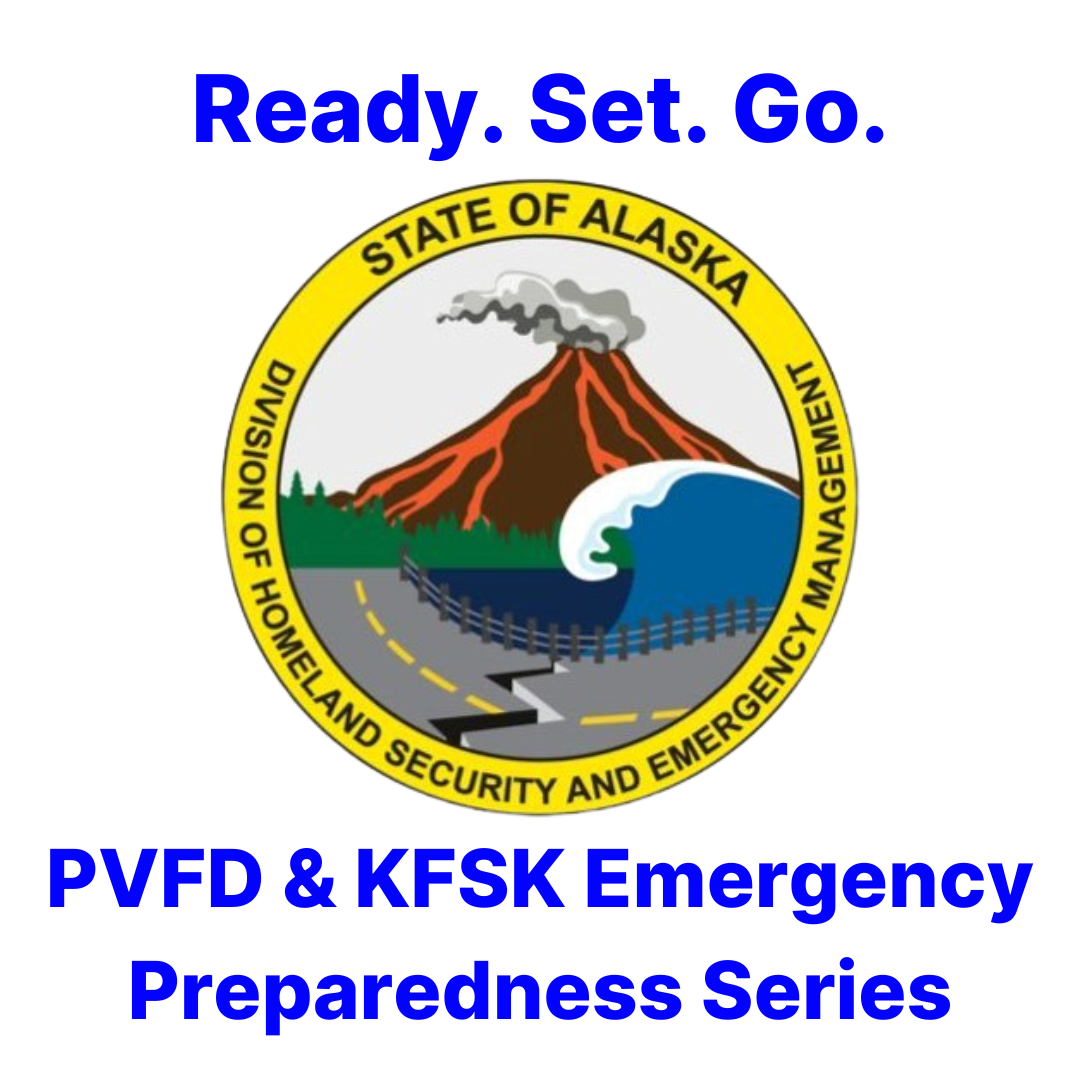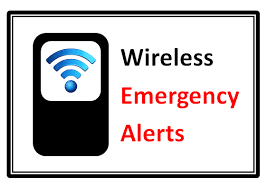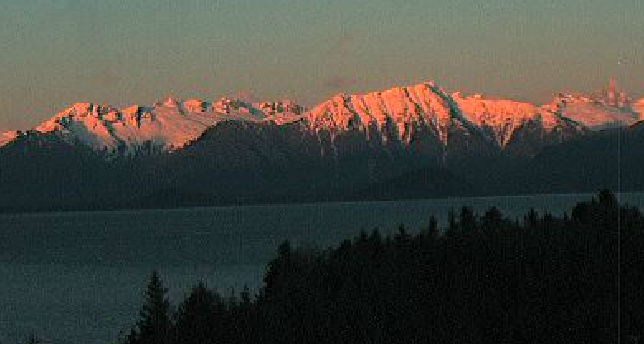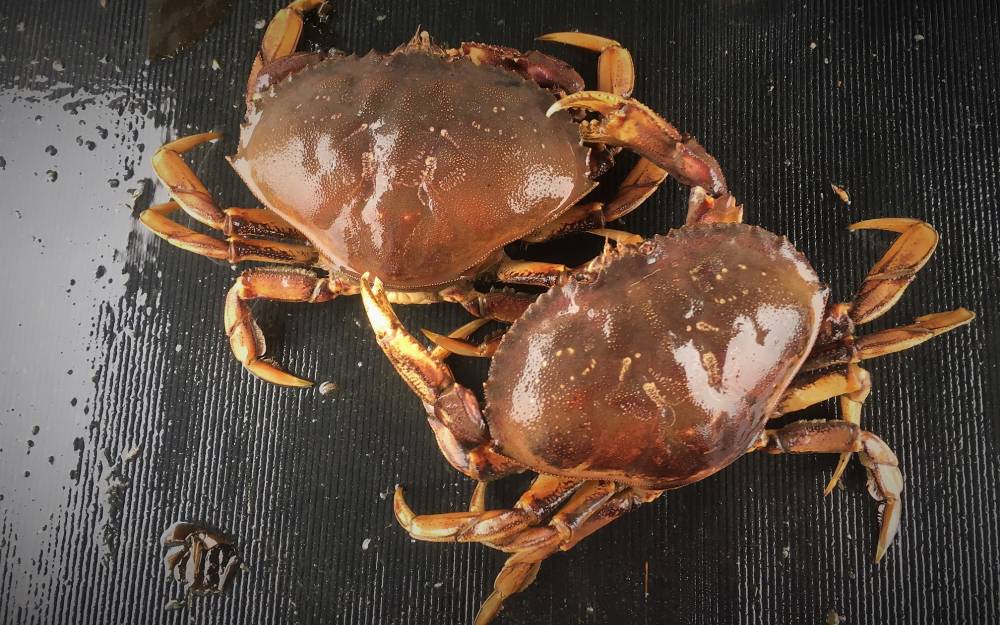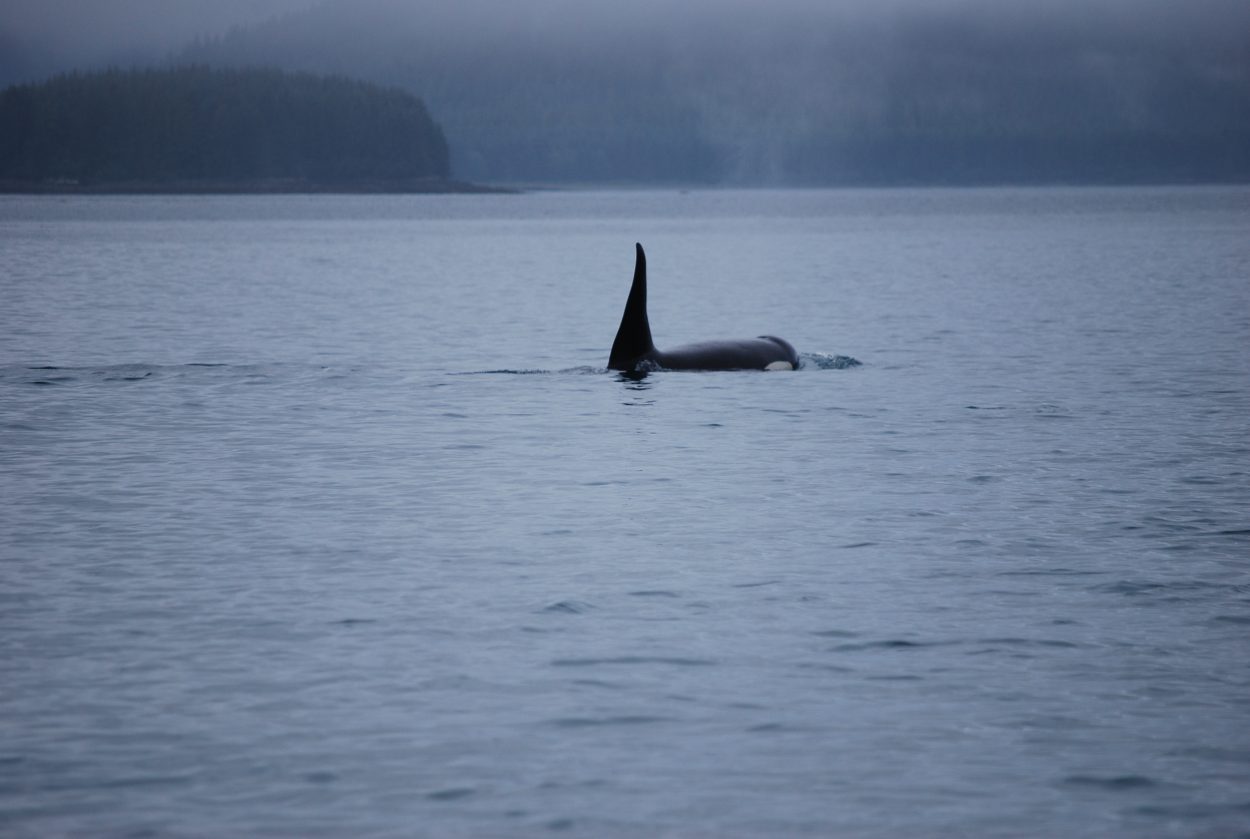
Sport fishing for wild king salmon in Southeast Alaska is now more restricted for some people.
Nonresident anglers can no longer fish for king salmon in the region. State managers closed the sector because of harvest projections.
However, harvesting hatchery king salmon is still allowed in certain areas with special fishing regulations near Juneau, Ketchikan, and Petersburg because hatchery fish don’t count toward the amount of wild king salmon anglers can harvest. That includes the Juneau designated saltwater hatchery area, Herring Bay near Ketchikan, the City Creek release site near Petersburg and the Blind Slough-Wrangell Narrows terminal harvest area.
Patrick Fowler is the regional fisheries management coordinator for the Alaska Department of Fish and Game. He said sport fish anglers have been catching more king salmon than expected so far this season, indicating they’d exceed the allowed harvest limit by about 4,000 fish. So the department took restrictive action.
“We need to keep the sport fishery within its allocation. And following the management plan that the Board [of Fish] gave us, we have to close the nonresident fishery in order to keep the sport fishery within allocation while protecting that resident opportunity,” he said.
The Alaska Board of Fisheries gave the department new directions for managing the king salmon fishery, allowing them to change fishing rules during the season as necessary so anglers only catch the amount of wild fish they’re allowed to take this year. That allocated amount is part of an agreement between the U.S. and Canada, called the Pacific Salmon Treaty, which ensures both countries get some fish.
Alaska residents get priority for sport fishing king salmon. Fowler said it’s still unknown how the resident harvest will add up, and the nonresident sector could reopen later in the season if further projections allow.
“We’re not ruling out that the fishery won’t reopen,” he said. “But we need to watch how the resident harvest materializes.”
In other restrictive action, all anglers —including residents— are prohibited from taking wild king salmon in the zone outside of state waters, called the exclusive economic zone. Fowler said very few anglers harvest king salmon in that area, which begins just over three miles from the outer coast.
“We estimate about 1% of the Chinook (king salmon) harvest happens in the exclusive economic zone,” Fowler said. “The vast majority of, you know, sport fish harvest and effort occurs within state waters.”
According to state law, sport fish violations have a base fine of $100, and there’s an added $150 fine per each fish taken illegally.
According to Alaska Wildlife Troopers, which is the agency that enforces the law, sport fishing charter businesses that retain fish in violation of the law garner heavier fines —including misdemeanor charges— and gear like rods, poles and vessels could be seized.
Any king salmon caught should be released and returned to the water immediately and unharmed, according to Fish and Game.
The regulations went into effect July 7 and will last through the end of September.
